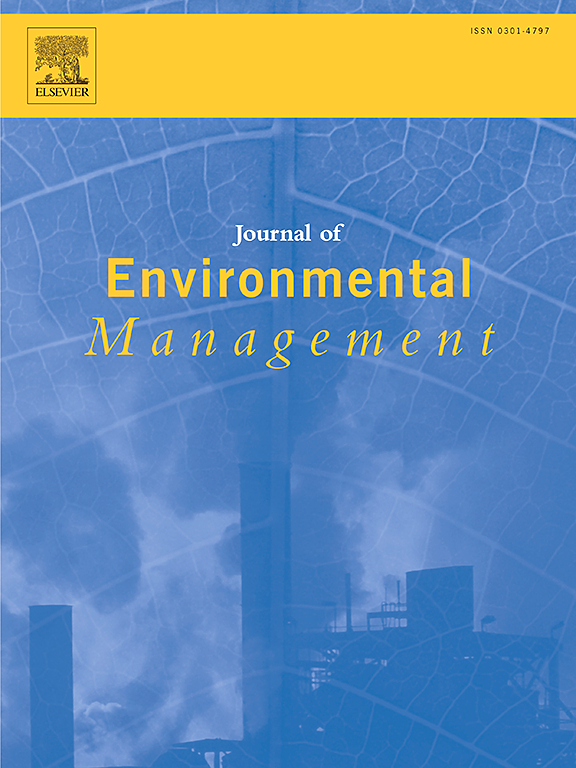Degradation of microplastics in the natural environment: A comprehensive review on process, mechanism, influencing factor and leaching behavior
IF 8
2区 环境科学与生态学
Q1 ENVIRONMENTAL SCIENCES
引用次数: 0
Abstract
In recent years, the pollution of microplastics (MPs) has attracted global attention because of their extensive distribution and significant impact on biota. Once MPs enter the ecosystem, the complex degradation process that MPs undergo will alter their surface properties and toxic effects. In order to address the global pollution issue caused by MPs, a range of technologies have been developed to degrade MPs. This study systematically summarizes the degradation methods of MPs reported recently, including physical, chemical and biological degradation processes. Dissolved organic matter (DOM), some reducing agents and sulfides are found to cause MPs aging and degradation. The roles of reactive oxygen species and biological enzymes in MPs degradation are elucidated. The chemical and biological degradation of various types of MPs are discussed and their degradation pathways are clarified. A number of factors affect the rates of MPs degradation in natural environment. Specifically, the influences of external factors and the intrinsic properties of MPs on their degradation are revealed. Furthermore, the potential environmental toxicity of MPs is investigated in greater depth, with particular attention paid to the release of plastic additives and DOM during the degradation process. This review article will assist in the comprehension of environmental degradation process and ecological risks of MPs and provide guidance for controlling the environmental pollution caused by MPs.

微塑料在自然环境中的降解:过程、机理、影响因素和浸出行为综述
近年来,微塑料污染因其广泛的分布和对生物群的重大影响而引起了全球的关注。一旦MPs进入生态系统,MPs所经历的复杂降解过程将改变其表面特性和毒性作用。为了解决MPs造成的全球污染问题,已经开发了一系列降解MPs的技术。本研究系统总结了近年来报道的MPs降解方法,包括物理、化学和生物降解方法。发现溶解有机物(DOM)、某些还原剂和硫化物导致MPs老化和降解。阐述了活性氧和生物酶在MPs降解中的作用。讨论了不同类型MPs的化学和生物降解,并阐明了它们的降解途径。许多因素影响MPs在自然环境中的降解率。具体而言,揭示了外部因素和MPs的内在特性对其降解的影响。此外,更深入地研究了MPs的潜在环境毒性,特别关注了降解过程中塑料添加剂和DOM的释放。本文综述将有助于了解多磺酸盐的环境退化过程和生态风险,并为控制多磺酸盐对环境的污染提供指导。
本文章由计算机程序翻译,如有差异,请以英文原文为准。
求助全文
约1分钟内获得全文
求助全文
来源期刊

Journal of Environmental Management
环境科学-环境科学
CiteScore
13.70
自引率
5.70%
发文量
2477
审稿时长
84 days
期刊介绍:
The Journal of Environmental Management is a journal for the publication of peer reviewed, original research for all aspects of management and the managed use of the environment, both natural and man-made.Critical review articles are also welcome; submission of these is strongly encouraged.
 求助内容:
求助内容: 应助结果提醒方式:
应助结果提醒方式:


